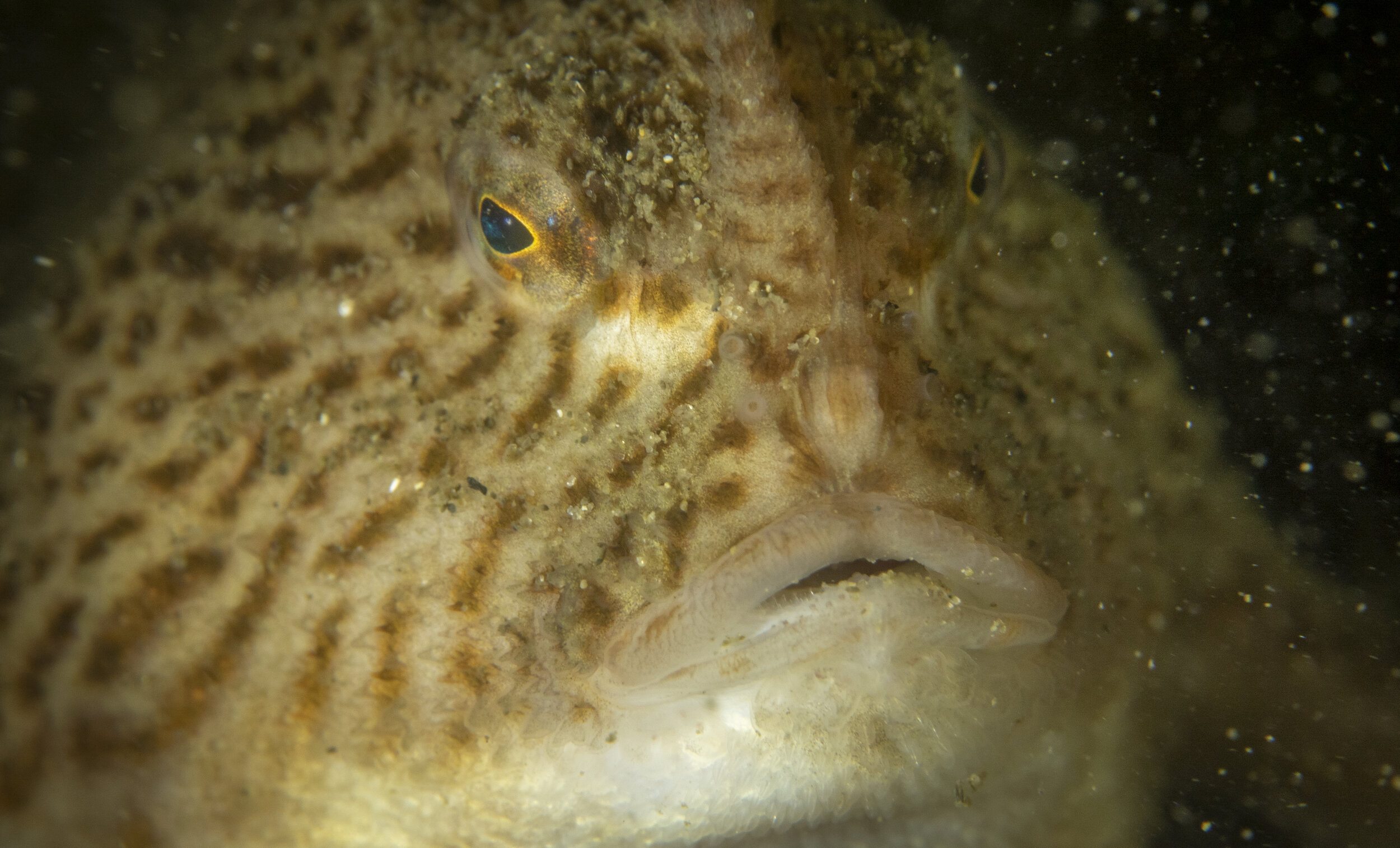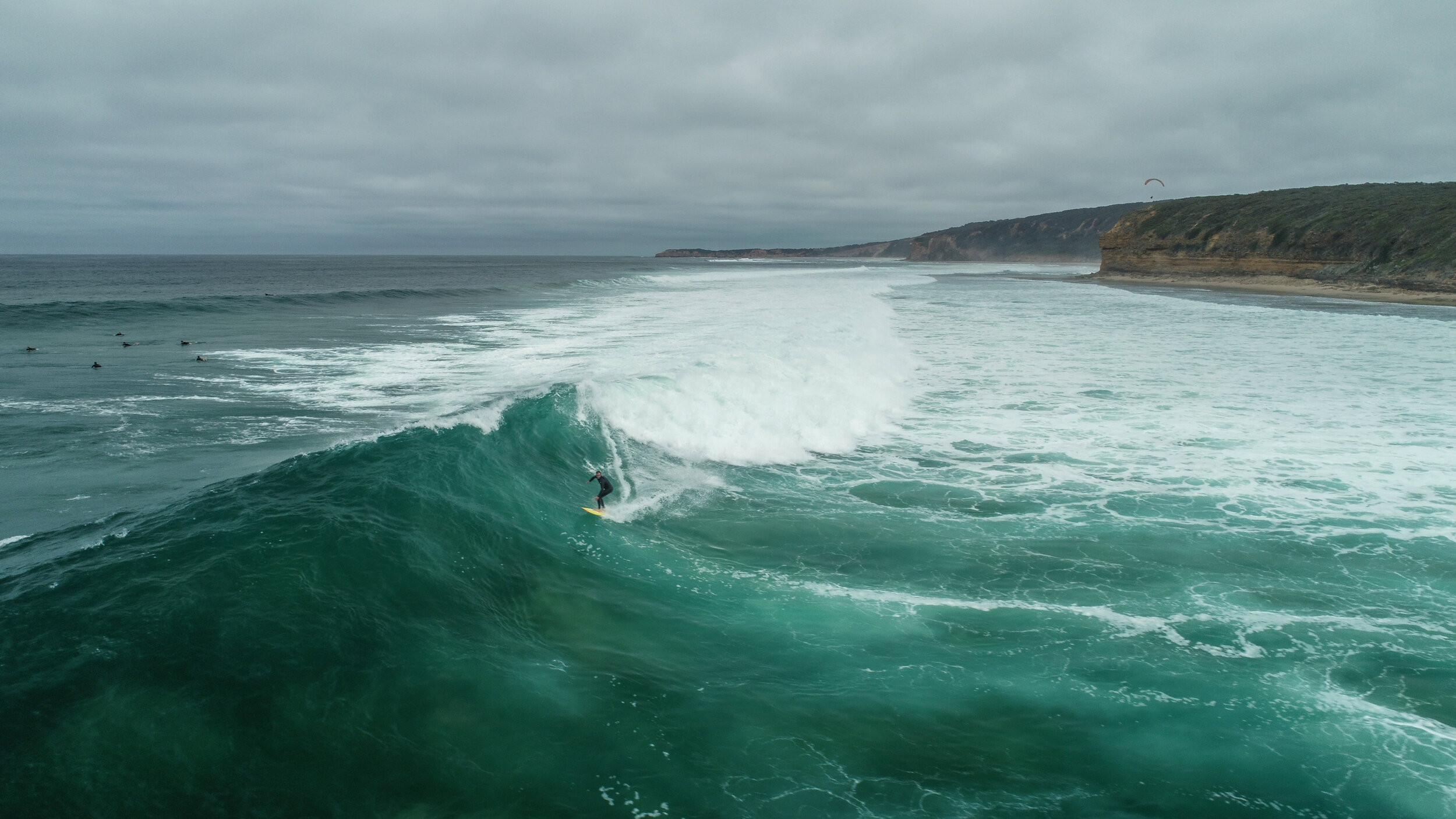SPOTTED handfish
An anglerfish at risk
The spotted handfish (Brachionichthys hirsutus) is an extremely rare species of anglerfish found only in a very specific location along the Great Southern Reef – near the Derwent River estuary in Tasmania. Sadly, the spotted handfish was the first marine fish to be listed as critically endangered in the IUCN Red List of Threatened Species in 1996, and still remains on the list to this day.
The most urgent matter concerning their survival is the threat posed by an introduced species, the North Pacific seastar. These sea stars not only prey on the fish’s eggs, but also the sea tulips (stalked ascidians) that form the substrate on which the fish spawn.
Uniquely identifiable
Like its cousin, the red handfish, the spotted handfish’s name comes from their highly adapted pectoral fins, resembling hands, which allow them to “walk” across the ocean floor rather than swim. They are white, cream or brown and covered in dark brown, orange or black spots and sometimes even stripes. These markings are unique to every fish, and allow scientists to track their growth and movement.
A-lure-ing behaviours
They are a benthic (bottom dwelling) fish, found in shallow depths of sheltered coastal bays, between 5-15 metres, on soft substrates with depressions in the seabed made by stingrays, or fields of sea squirts. Spotted handfish are ambush predators and like other species of anglerfish, they have a lure located just above the mouth to entice their favourite meals of amphipods, shrimp and worms. It is thought that the lure can also be used in courting behaviour as well.
Staying on guard
Little is known about the spotted handfish’s complex reproductive behaviours. Scientists have found that the females reach sexual maturity in 2 years and lay their eggs sometime between September and October each year, and more specifically around vertical structures, which include stalked ascidians (sea squirts), seagrasses and sponges. The female guards the egg masses for 7-8 weeks.
They then hatch directly onto the seabed as fully formed juveniles, unlike many marine species which hatch as larvae and spend their early life floating within the water column. Once they hatch, they remain close to their spawning grounds, which as a reproductive strategy has an important conservation consequence; they are unlikely to be able to easily recolonise areas from which they have disappeared.
Lending a helping hand
CSIRO, University of Tasmania (UTAS), the Tasmanian and Australian Governments and the Derwent Estuary Program have been working together to conserve the spotted handfish since the mid 1990s. In 2018, CSIRO commissioned ceramic artist and Tasmanian local, Jane Bamford, to produce artificial spawning habitats made from fine white porcelain, which mimic the stalked ascidians where spotted handfish lay their egg mass. 5000 ceramic artificial spawning habitats have now been distributed across the known spotted handfish sites and the population has been reported to “stabilise”.
Fast Facts:
Species: Brachionichthys hirsutus
Family: Brachionichthyidae (Handfish)
Order: Lophiiformes (Anglerfish)
Feeding: Shrimp, small shellfish and amphipods
Habitat: Sandy bottoms between 5-10 metres in the Derwent River estuary and nearby regions
Distribution: Endemic to the GSR (only found in Tasmania)
Adaptation Power: Home defenders (behavioural)









